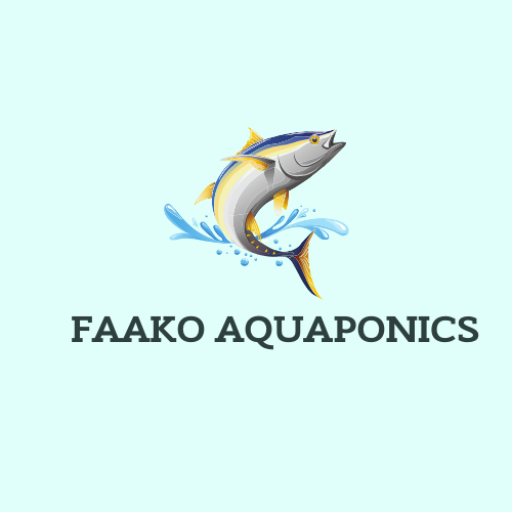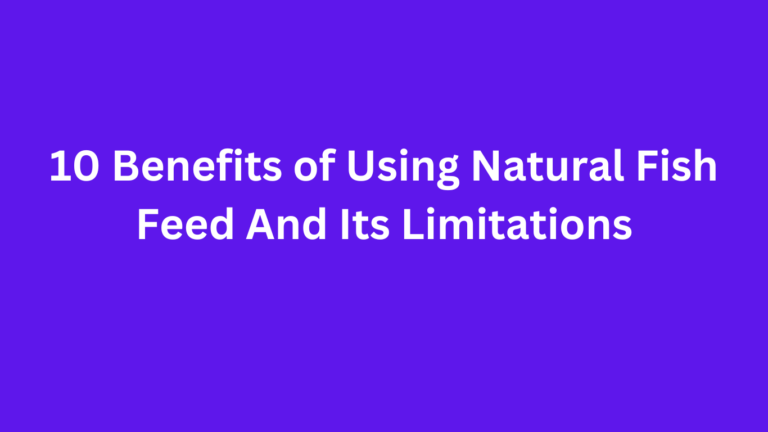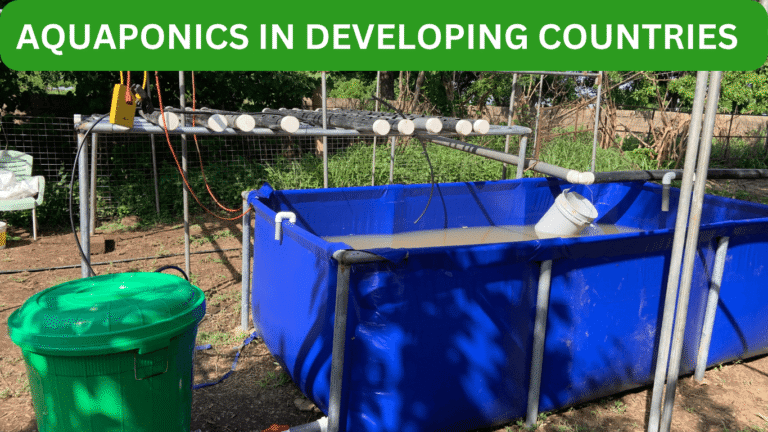10 benefits of using natural fish feed outline the role natural fish feed plays in aquaculture, directly impacting the growth, health, and profitability of your fish farm. Without proper feed, fish cannot survive, let alone thrive. However, commercial fish feed—despite being popular—is expensive and has environmental and nutritional drawbacks. This is why many fish farmers are exploring natural alternatives to reduce costs, improve fish quality, and adopt sustainable practices.
In this article, we’ll explore 10 benefits of using natural fish feed in your fish farming practices. We also explored 5 limitations or disadvantages of using natural fish feed. Whether you’re a seasoned fish farmer or a beginner, these insights will help you optimize your operations for better results.
1. Improved Flavor and Taste of Fish
One of the most notable benefits of natural fish feed is the superior flavor it imparts to the fish. Fish raised on natural feed—such as plant-based diets, insects, and algae—often taste better than those fed exclusively on commercial feed.
A personal experience highlighted this for me. After smoking and delivering catfish to a customer, her feedback was that, while the fish was well-prepared, it didn’t match the taste of wild-caught fish. Why? Wild fish consume natural food in their habitat, enhancing their flavor.
Incorporating natural feed into your farm can bridge this gap, giving your fish a taste closer to their wild counterparts, which appeals to consumers seeking high-quality, flavorful seafood.
2. Reduced Water Pollution
Commercial fish feed often introduces high levels of ammonia and nitrogen into the water, especially when uneaten feed decomposes or is regurgitated by overfed fish. These pollutants can lower oxygen levels in the water, stressing the fish and increasing the risk of diseases.
In contrast, natural feed minimizes water contamination. Organic materials decompose more naturally, maintaining better water quality and reducing the need for frequent pond cleaning. This contributes to a healthier environment for fish growth.
So reducing water pollution is one of the 10 benefits of using natural fish feed in your farm.
3. Cost-Effective Feeding Solution
The high cost of commercial fish feed is a significant burden for fish farmers, often accounting for the largest share of production expenses. By incorporating natural feed, you can significantly lower feeding costs.
Natural feed sources like aquatic plants, kitchen scraps, insects, or self-grown algae are often readily available and inexpensive. These alternatives help reduce dependency on commercial feed, freeing up resources for other aspects of farm management.
4. Enhanced Fish Growth
Natural fish feed contains essential proteins, minerals, and nutrients that promote faster and healthier fish growth. For example, insects are rich in protein, while aquatic plants provide vital micronutrients.
Feeding fish with natural diets often leads to better growth rates, making it easier to achieve market size within shorter timeframes. This benefit directly impacts your profitability by speeding up production cycles.
5. Reduced Dependency on Commercial Feed
Relying solely on commercial feed can be risky, especially when supply chains are disrupted or feed becomes unavailable due to high demand or financial constraints.
Integrating natural feed ensures that you always have an alternative source of nutrition for your fish. During times of feed shortages or financial difficulties, natural feed can sustain your operations without compromising fish health or growth.
6. Increased Market Value
Consumers are increasingly conscious of what they eat, often preferring organic and naturally produced foods. By feeding your fish with natural feed, you position your farm to cater to this growing market demand.
Fish raised on natural diets are often perceived as organic, making them more appealing to health-conscious buyers. You can charge premium prices for these fish, improving your profit margins and creating a competitive edge in the market.
7. Eligibility for Organic Certification
Feeding fish with natural diets aligns your farm with organic farming standards, making it easier to obtain organic certification. Such certifications validate your commitment to sustainable and eco-friendly practices.
With organic certification, you can market your fish as premium-quality products, attracting more customers willing to pay higher prices for environmentally friendly and health-conscious food. Eligibility to organic certification is one of the 10 benefits of using natural fish feed for fish farmers.
8. Environmentally Friendly Practices
Natural feed supports environmentally sustainable fish farming practices. Unlike commercial feed, which can contaminate water bodies and harm aquatic ecosystems, natural feed decomposes organically and integrates well into the pond’s ecosystem.
Additionally, producing natural feed—such as cultivating aquatic plants or raising insects—has a smaller environmental footprint than manufacturing commercial feed. This helps you align with global efforts to promote eco-friendly aquaculture.
Global change is a concern to individuals and organizational bodies and therefore using natural feed contributes to the fight against global change. The 10 benefits of using natural fish feed can help fight global warming.
9. Improved Fish Health
Commercial feed can sometimes lead to poor water quality, which increases the risk of fish diseases caused by low oxygen levels or high ammonia concentrations. Natural feed, on the other hand, creates a healthier environment for the fish.
Fish fed with natural diets often have stronger immune systems and are less prone to disease outbreaks, reducing mortality rates and improving overall farm productivity.
10. Ease of Production and Accessibility
One of the most practical advantages of natural fish feed is its accessibility. Many natural feed sources, such as aquatic plants, algae, and insects, can be cultivated or sourced locally with minimal effort and expense.
For instance, you can grow duckweed or water lettuce in your ponds, raise black soldier fly larvae, or use leftover food scraps as supplementary feed. These practices not only save costs but also provide a sustainable feeding solution.
Disadvantages of Using Natural Fish Feed in Your Farm
While natural fish feed has its benefits, it also comes with notable limitations. These are some of limitations or disadvantages of using natural fish feed on your fish farm.
1. Limited Nutritional Consistency
Natural fish feed, such as plant-based materials, insects, or organic waste, often lacks the precise nutritional balance that commercial feed provides. Commercial feeds are scientifically formulated to include optimal levels of protein, fats, vitamins, and minerals.
Relying solely on natural feed can lead to inconsistent growth rates and poor health if the fish do not receive essential nutrients.
Example: A fish farmer relying on pond algae as a natural feed may find that its protein content varies depending on environmental conditions, which could result in malnourished fish during certain seasons.
2. Seasonal Availability
Natural feeds are often dependent on environmental conditions, making them less reliable compared to commercial alternatives.
Seasonal changes can affect the availability of natural feed sources like insects or aquatic plants. During dry seasons, for instance, natural feeds may become scarce.
Example: A farmer relying on insects for protein-rich feed may face shortages during cold or rainy seasons when insect populations decline, potentially leading to fish starvation or the need for expensive supplementary feeds.
3. Labor-Intensive Collection and Preparation
Natural feed often requires significant time and effort to collect, prepare, or cultivate.
This can increase the labor cost and operational complexity of fish farming.
Example: Collecting sufficient quantities of duckweed or fermenting organic kitchen waste into suitable fish feed can be tedious, requiring regular monitoring and manual labor. This labor-intensive process might not be feasible for large-scale fish farms.
4. Risk of Disease and Contamination
Natural feed can carry pathogens, parasites, or harmful bacteria if not sourced or handled properly.
Contaminated feed may introduce diseases to the fish population, causing illness or high mortality rates.
Example: Feeding fish raw kitchen scraps or untested organic matter can introduce harmful microbes into your fish pond, endangering fish health and water quality.
5. Lower Feeding Efficiency
Natural feed often lacks the ease of consumption and digestibility of pelleted commercial feeds.
Fish may expend more energy foraging for natural feed or may not consume enough to meet their nutritional needs, resulting in slower growth.
Example: A farmer using aquatic plants as feed may observe that fish take longer to eat and may not efficiently convert the feed into body weight, reducing overall productivity and profitability.
Examples of Natural Fish Feed
If you’re wondering what types of natural feed you can use, here are some examples:
Plant-Based Feed: Aquatic plants like duckweed, water lettuce, and azolla.
Insect-Based Feed: Black soldier fly larvae, earthworms, and maggots.
Algae: Spirulina and other pond-grown algae.
Byproducts: Fruit peels, vegetable scraps, and grains.
These options are easy to produce, environmentally friendly, and highly nutritious for fish.
Final Thoughts
Incorporating natural fish feed into your farming practices offers numerous benefits, from improved fish health and taste to reduced costs and environmental sustainability.
By diversifying your feeding strategy to include natural alternatives, you can reduce your reliance on commercial feed, attract more customers, and enhance the overall profitability of your farm.
If you’re ready to make the shift, start small by experimenting with locally available natural feed options. Over time, you’ll notice significant improvements in your operations, fish quality, and market value.
For more tips and insights on sustainable fish farming, read this post.




